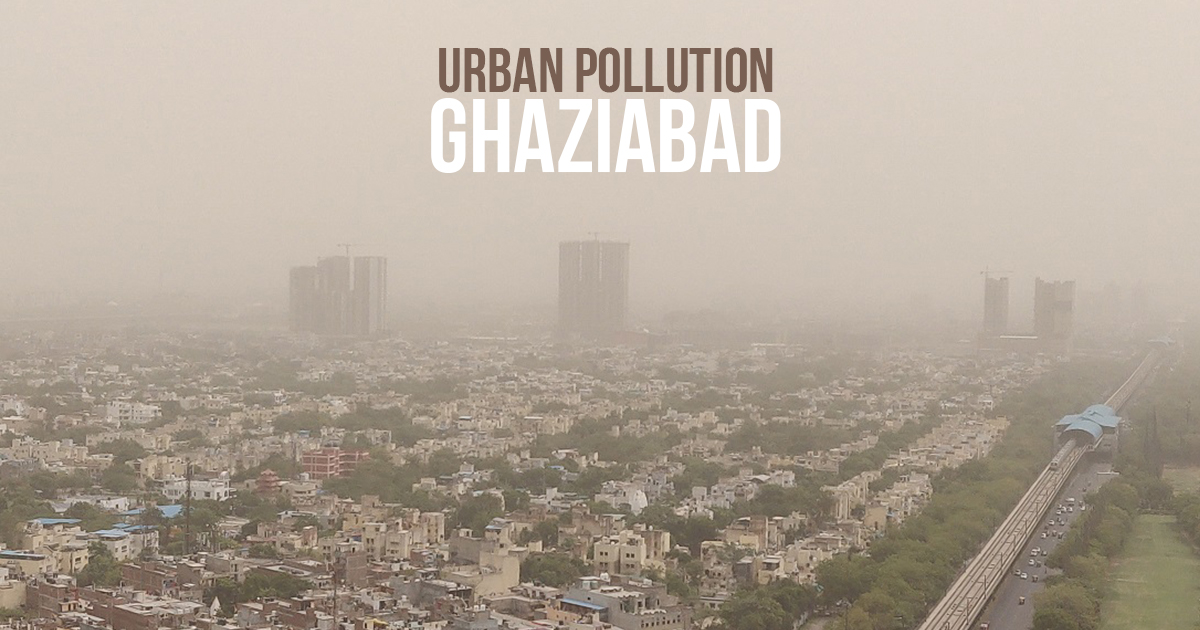The issue of air pollution in Delhi has long been a source of worry for citizens and professionals alike. The city’s air quality index (AQI) frequently indicates that it is one of the world’s most polluted cities. However, according to a research undertaken by the Centre for Science and Environment (CSE) in north Indian cities, Ghaziabad is the most polluted city in the area, not Delhi.

Ghaziabad was the most polluted city among 60 north Indian towns last winter, according to the CSE’s “All India Winter Air Quality Analysis,” which assessed 60 north Indian cities during the winter of 2021-22 (from October 15 to February 28).
Particulate matter 2.5 (PM2.5) averaged 178 micrograms per cubic metre (g/m3) in Ghaziabad, followed by 170 ug/m3 in Delhi during the winter.
Faridabad, Manesar, Baghpat, Noida, Gurugram, Meerut, and Hapur were among the other filthy cities in north India.
The CSE, on the other hand, noted that, on average, north Indian cities had an 11 percent lower PM2.5 level last winter, but that the improvement in the Delhi-NCR subregion was just approximately 8%.
“The average peak 24-hour pollution in Delhi-NCR also increased somewhat. Despite the general decrease in pollution, peak pollution climbed considerably from the baseline in cities in the south (24%) and central India (7%) “It stated, “winter average.”
Srinagar was determined to be the cleanest city in north India in the study.
Siwan (Bihar) was the most polluted city in the eastern portion of India, whereas Ankleshwar in Gujarat had the lowest air quality.
Singrauli in Madhya Pradesh was determined to be the most polluted city in the central area, while Kalaburgi in Karnataka and Hyderabad in Telangana were found to be the most contaminated cities in the south.
Guwahati, Assam, was the most polluted city in the northeast, with a winter average PM2.5 of 81 ug/m3.
The research was conducted for the CSE’s Urban Data Analytics Lab’s 2021-22 winter air quality tracker effort.
“The winter pollution problem isn’t exclusive to megacities or a single region. According to Anumita Roychowdhury, CSE’s executive director of research and advocacy, “it is now a pervasive national problem that needs immediate and intentional action on a national scale.”
The research is based on granular real-time data (15-minute averages) from the Central Pollution Control Board’s (CPCB) official web site, Central Control Room for Air Quality Management. It said the data was collected from 326 official stations across 161 cities in 26 states and union territories as part of the Continuous Ambient Air Quality Monitoring System (CAAQMS).
